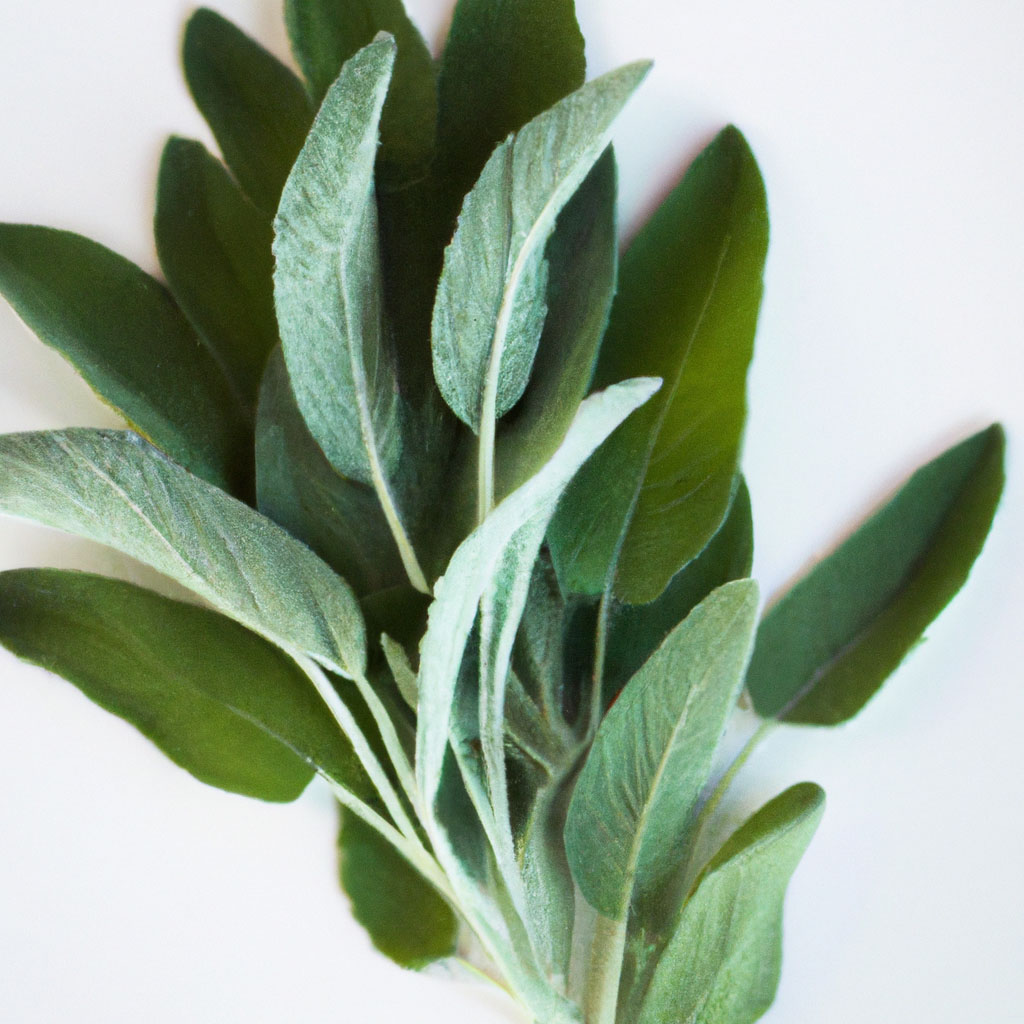Botanical Name: Salvia officinalis
Sage is a versatile and aromatic herb native to the Mediterranean region but widely cultivated around the world. Known for its earthy, slightly peppery flavor, sage has been cherished for centuries for its culinary, medicinal, and ornamental properties. The plant is a member of the mint family (Lamiaceae) and grows as a small, perennial shrub with soft, gray-green leaves that are often slightly fuzzy in texture.
In the kitchen, sage is prized for enhancing the flavor of various dishes, especially savory recipes. The herb pairs well with rich, fatty foods, such as pork, sausage, and poultry, and is a key ingredient in many stuffing recipes, particularly around the holiday season. Sage is also used in soups, sauces, and vegetable dishes, where its warm, slightly woody flavor can add depth and complexity.
Fresh sage leaves can be used in cooking, but the dried form is often preferred due to its more concentrated flavor. The leaves are typically chopped or crushed before being added to dishes, and sage butter—a combination of sage leaves and melted butter—is a popular accompaniment to pasta or roasted vegetables.
Sage also makes a flavorful tea, with a slightly bitter yet refreshing taste. It’s often consumed for its soothing qualities, particularly to ease sore throats and improve digestion.

